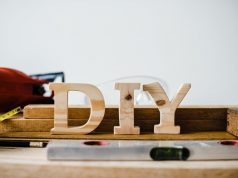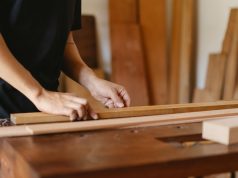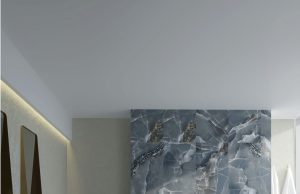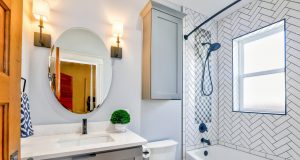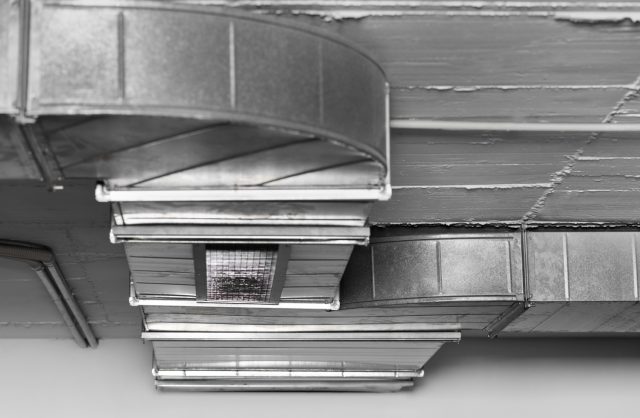
Investing in reverse cycle ducted air conditioning installation can significantly enhance the comfort and convenience of your home, but understanding the associated installation costs is crucial for budget planning. In this guide, we’ll explore everything you need to know about ducted air conditioning installation costs, factors influencing pricing, and tips for optimizing your investment.
Understanding Ducted Air Conditioning
Ducted air conditioning systems provide centralized cooling and heating by distributing air through a network of ducts installed in the ceiling or floor of your home. These systems offer consistent temperature control across multiple rooms, making them famous for more significant properties.
Factors Influencing Installation Costs
Understanding the various factors that impact installation costs is essential for planning and budgeting effectively. Each aspect is crucial in determining the overall expenses associated with installing a ducted air conditioning system, from system size to equipment quality and location considerations.
System Size
System size plays a crucial role in determining the effectiveness and efficiency of a ducted air conditioning system. Here’s how:
The size of the system directly affects its cooling and heating capacity. A system that is too small for the space it needs to cool or heat will struggle to maintain comfortable temperatures, leading to inefficiency and increased energy consumption.
The size of the system also influences the complexity of the installation process. Larger systems typically require more extensive ductwork and equipment and more labor-intensive installation procedures. This can include sizing and routing ducts, installing additional vents and registers, and ensuring proper airflow throughout the space.
Ductwork Requirements
The extent of ductwork installation or modification refers to the scope of work needed to accommodate a property’s ducted air conditioning system. This includes assessing the current ductwork layout, determining if modifications are required to meet the system’s needs, and installing new ducts where necessary.
In cases where the property does not have existing ductwork, a significant amount of work may be necessary to install ducts throughout the building. This can involve cutting into walls, floors, or ceilings to create pathways for the ducts and connecting them to the air conditioning unit.
The extent of ductwork installation or modification directly impacts the overall expenses associated with installing a ducted air conditioning system. More extensive ductwork requirements typically result in higher installation costs due to the increased materials, labor, and time needed to complete the work.
Equipment Quality
Selecting high-quality equipment for a ducted air conditioning system is paramount to ensure efficient and reliable operation. High-quality equipment is typically manufactured with superior materials and craftsmanship, resulting in greater durability, performance, and longevity.
The relationship between equipment quality and long-term costs is significant when considering the total cost of ownership of a ducted air conditioning system. While high-quality equipment may have a higher upfront cost compared to lower-quality alternatives, it can lead to substantial savings over time.
High-quality equipment tends to operate more efficiently, lowering energy consumption and reducing utility bills. Additionally, reliable equipment is less prone to breakdowns and repairs, minimizing maintenance expenses and prolonging the system’s lifespan.
Location
The accessibility of installation areas is crucial in successfully installing a ducted air conditioning system. Installers must access various parts of the property, such as attics, crawl spaces, or roof spaces, to install ductwork, wiring, and the air conditioning unit.
Adequate accessibility ensures that installers can work safely and efficiently, minimizing disruptions and delays during installation. However, limited accessibility, such as narrow entryways or confined spaces, can pose challenges and require additional time and effort to complete the installation.
Compliance with local building codes and regulations is critical when installing a ducted air conditioning system. Building codes vary by location and typically include requirements related to equipment placement, electrical wiring, ductwork installation, and safety measures. Installers must adhere to these codes to ensure the system meets the necessary standards for safety, performance, and environmental impact.
Additionally, climate conditions in the installation area can influence the design and specifications of the air conditioning system. Factors such as temperature extremes, humidity levels, and air quality considerations may require specific equipment features or installation techniques to ensure optimal performance and efficiency.
Additional Features
Zoning systems offer enhanced control and customization over the temperature settings in different areas or zones of a property. By dividing the property into separate zones, each equipped with its thermostat and dampers in the ductwork, zoning systems allow homeowners to adjust temperatures independently based on specific comfort preferences or occupancy patterns.
Smart thermostats are advanced temperature control devices offering various features and capabilities beyond traditional thermostats. These devices typically connect to a home’s Wi-Fi network. They can be accessed remotely via smartphone apps or web interfaces, allowing homeowners to monitor and adjust temperature settings from anywhere. Smart thermostats often include programmable scheduling options, learning algorithms that adapt to user preferences over time, and energy usage tracking features to help optimize efficiency.
Air purification add-ons are optional components that can be integrated into a ducted air conditioning system to improve indoor air quality. These add-ons typically consist of filters or purification units designed to remove airborne contaminants such as dust, pollen, pet dander, mold spores, and volatile organic compounds (VOCs).
Average Installation Costs
While installation costs vary based on the abovementioned factors, the average range for ducted air conditioning installation in Australia is between $5,000 and $15,000. This range includes equipment, labor, and any necessary modifications or upgrades to existing ductwork.
Tips for Optimizing Your Investment
- Obtain Multiple Quotes: Get quotes from reputable HVAC contractors to compare pricing and services.
- Consider Energy Efficiency: Invest in energy-efficient equipment to reduce long-term operating costs and environmental impact.
- Plan for Maintenance: Factor in ongoing maintenance costs to ensure optimal performance and longevity of your ducted system.
- Explore Financing Options: Some HVAC companies offer financing plans to help spread the upfront costs over time.
- Choose a Qualified Installer: Select a licensed and experienced HVAC contractor with a proven track record of quality installations.
Final Thoughts
Navigating ducted air conditioning installation costs requires careful consideration of various factors, including system size, ductwork requirements, equipment quality, location considerations, and additional features.
Homeowners can make informed decisions that align with their budget and needs by understanding these factors and their implications. Investing in high-quality equipment, ensuring compliance with local building codes, and exploring energy-efficient options can lead to long-term savings and optimal performance.
Additionally, prioritizing accessibility to installation areas and considering zoning systems, smart thermostats, and air purification add-ons can enhance comfort and convenience. Ultimately, by leveraging the insights provided in this guide, homeowners can confidently embark on their ducted air conditioning installation journey, knowing they have the knowledge and tools to make the most of their investment.

